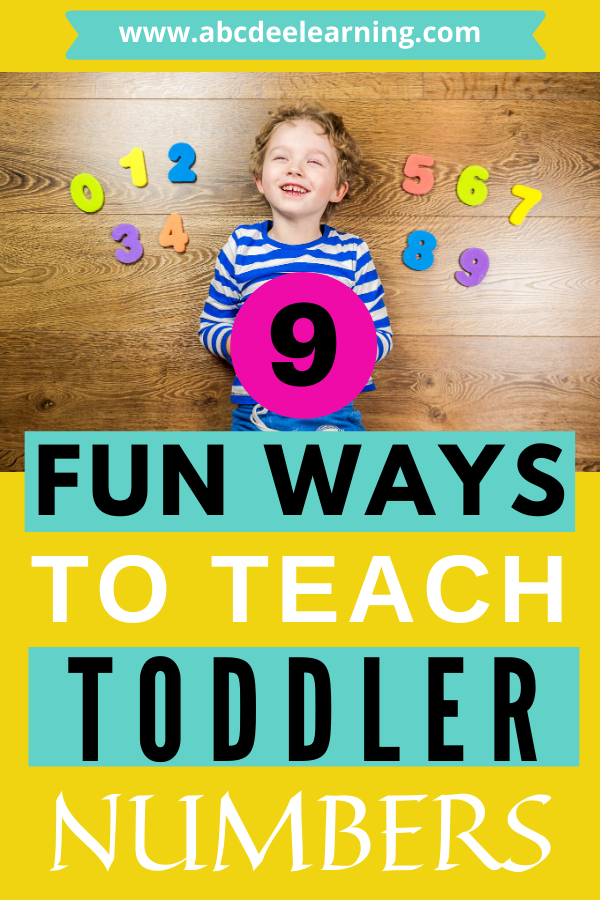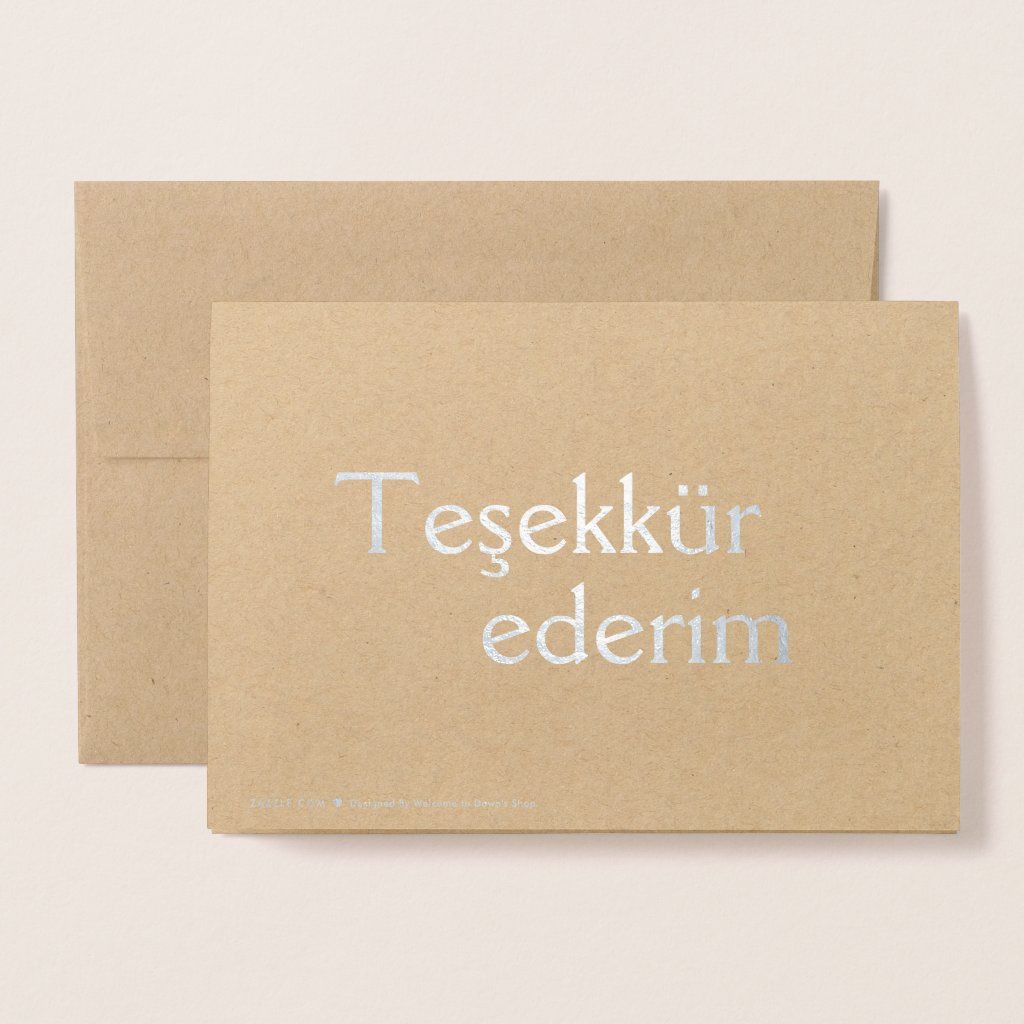Simple Ways to Teach Numbers to Your Toddler
Simple ways to teach numbers to your toddler are vital for their early development. Imagine a toddler brimming with curiosity, eager to explore the world around them and suddenly comprehending numbers. It’s a truly rewarding experience for parents to facilitate this. Understanding numbers is a crucial building block for future mathematical understanding, and starting early creates a strong foundation. Many parents struggle to find age-appropriate and effective methods. This article will explore simple and effective techniques to teach numbers to your toddler, from interactive games to everyday activities, ensuring a positive and engaging learning experience. We’ll cover practical methods, interactive strategies, and the importance of making learning enjoyable, ultimately empowering parents in this essential early education stage. The structure of this article will be to first establish foundational understanding, then dive into several practical strategies and, finally, offer conclusions and next steps.
Understanding the Foundations of Number Recognition
What are Numbers?
Numbers are fundamental to our daily lives. They represent quantities and help us understand and categorize the world around us. From counting objects to telling time, numbers play a critical role. Recognizing and comprehending these symbols is crucial for early development, as it sets the stage for future math skills. Understanding how numbers work is a lifelong endeavor, but instilling a foundation early is key.
Why Early Number Learning Is Important
Children start learning from their earliest years, and early exposure to numbers provides cognitive benefits. Research indicates that early math skills are linked to better academic performance later in life. By exposing toddlers to numbers in engaging ways, you’re setting them up for success in school and beyond. Studies show children who learn basic numbers before starting school often exhibit more confidence and enthusiasm for math. Beyond academic benefits, a love for numbers can be a great source of intellectual curiosity.
Identifying Common Challenges
Many parents struggle to find ways to make learning numbers fun and engaging for their toddlers. It can be difficult to know where to start, which methods work best, and how to keep a toddler’s attention. These challenges can often lead to frustration for both parents and children. Ensuring a fun environment is essential. The methods in this article are designed to overcome these obstacles.
Interactive Games and Activities
Number Recognition Through Play
Interactive games are a great way to engage toddlers in learning numbers. The key is to present these numbers in an age-appropriate way and make them fun and engaging. Instead of rigid flashcards, utilize colorful number-shaped toys, number-themed puzzles, or use simple counting games to create a playful learning experience. Focus on hands-on activities where toddlers can manipulate the numbers, touch them, and feel the sensations associated with learning.
Counting Games with Everyday Objects
Counting objects around the house can make learning more interactive and fun. Counting toys, books, or even pieces of food can involve a toddler in a tangible way. Simple games like counting steps up a staircase, counting plates at the dinner table, or counting cars while out for a walk all turn learning into fun daily activities.
Simple Rhymes and Songs
Using simple rhymes and songs can also make learning fun. Toddlers often respond well to auditory input. Make up silly songs to count to 10, include simple words and rhymes associated with each number, and use repetitive patterns to help memorize and engage with the numbers.
Using Visual Aids
Visual Aids for Enhanced Learning
Using visual aids, such as flashcards and colorful posters, helps toddlers connect numbers with their visual representations. Flashcards are a great way to memorize numbers as a simple and direct way of introducing numbers. Create fun, colourful flashcards featuring various cartoon drawings or shapes associated with each number, and place them around the room for constant, subtle exposure.
Interactive Number Charts
Number charts are great visual aids that can be used with various activities. Interactive number charts can be placed in their play area, where they can visually interact with the numbers, point to them, and engage with them, thus providing a more hands-on learning experience. These are good for early number recognition.
Incorporating Numbers in Daily Activities
Incorporating numbers into everyday activities will make learning more natural and less of a chore. Counting steps during the day, counting items during mealtimes, counting toys during play times all help to organically incorporate numbers into everyday routines, gradually strengthening the association between numbers and quantities.
Developing Number Sense
Understanding Quantities
Developing a strong sense of number quantity is essential. Rather than just rote memorization, the goal is to grasp the concept that a number represents a certain quantity. Engage in activities where the child needs to group items. A fun activity is filling containers with various items to demonstrate quantities. Encourage your toddler to compare different groups of objects and see how many are in each set.
Comparing Numbers
Comparing numbers helps with developing a sense of the value of numbers. Use age-appropriate games where toddlers compare small groups of objects and numbers. In simple activities like sorting and arranging, compare numbers through tangible activities, helping your toddler understand the difference between numbers, thus assisting in the grasp of number sense.
Creating Number Stories
Number stories help solidify the concept of numbers in daily situations. Create stories that incorporate numbers, and demonstrate how numbers are present in everyday activities. Use playful scenarios that your toddler can relate to, connecting abstract ideas with real-world contexts.
Related Post : How to Stay Organized in Middle School
Importance of Patience and Consistency
Understanding Developmental Stages
It is important to adjust methods based on your toddler’s developmental stage. Toddlers learn at different paces, so what may work for one might not work for another. Consistency is key, and remember to keep activities fun and engaging for sustained interest. Do not get discouraged if initial efforts are slow or challenging. Each toddler will show progress at their own time.
Creating a Positive Learning Environment
Focus on creating a positive learning experience, where the focus is on fun and engagement. Avoid pressuring your toddler to learn numbers quickly. Instead, approach learning in a fun and enjoyable manner that fosters their curiosity and motivates them. Make learning an adventure with playful activities.
Seeking Support and Resources
Seeking support from other parents and learning experts is crucial for your journey. Do not hesitate to seek advice and insights from experienced childcare professionals, friends, or online communities for additional support. Remember that you’re not alone.
In conclusion, teaching numbers to toddlers is a journey of discovery and engagement. Remember to keep it fun, interactive, and age-appropriate. By using these simple methods, you can foster a love for numbers in your little one, setting the stage for future mathematical success. Continue exploring educational toys and resources tailored to your toddler’s developmental stage. Explore online resources for more advanced strategies and ideas. With patience and consistency, your toddler will grasp the fundamentals of numbers in no time!
Share this content:




Post Comment